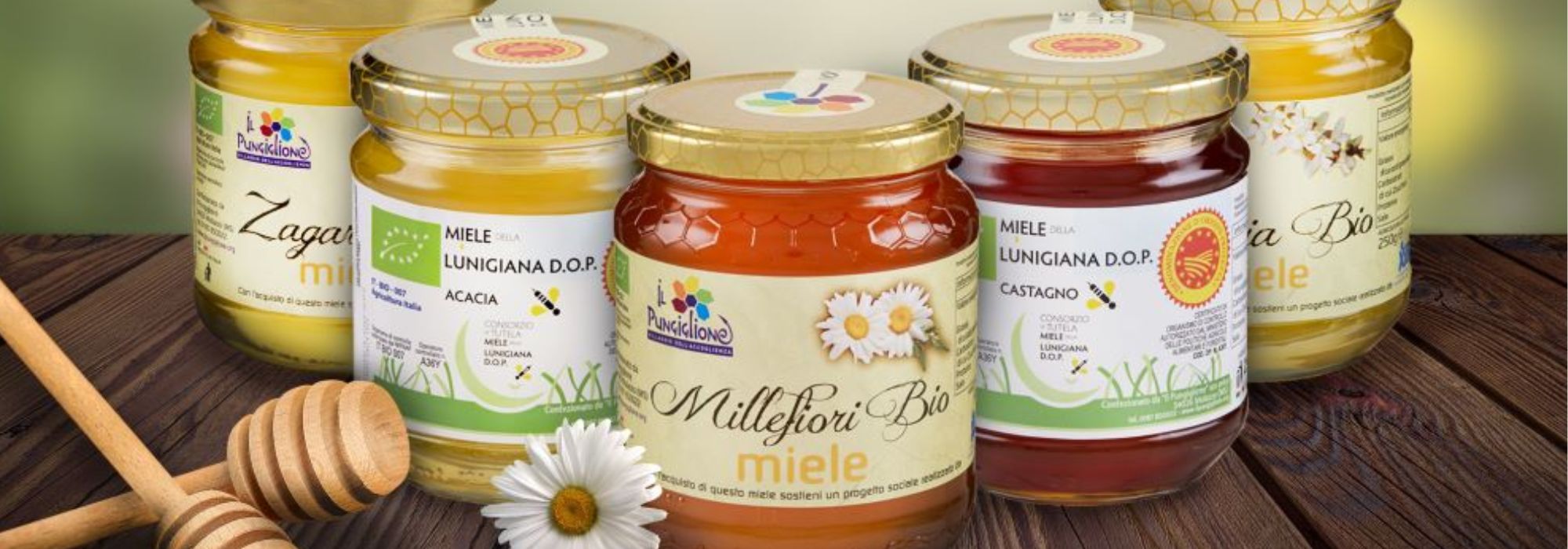

IL PUNGIGLIONE
IL PUNGIGLIONE
Company data
General information
Company Name: il pungiglione scs impresa sociale
Commercial Name: IL PUNGIGLIONE
Vat number: 01004970453
Contacts
http://www.miele-biologico.org
giuseppe.lucano@ilpungiglione.org
Head office
 |
LOC. BOCEDA, SNC, 54026 MULAZZO(MASSA-CARRARA) |
 |
Ph. 0187850022 |
 |
Ph. 0187850578 |
First Person
Giuseppe Lucano
Commercial director
giuseppe.lucano@ilpungiglione.org
Second Person
![]()
LUCA ANGELLA
Other role, please specify
Company description
Among the hills of Lunigiana stands the social cooperative Il Pungiglione, part of the Consortium for the Protection of Lunigiana Honey PDO—the first honey in Italy to receive this prestigious recognition and the only PDO honey from Tuscany. We produce certified organic honey and other bee products (pollen, propolis, royal jelly, and beeswax).
Lunigiana is a prime environment for beekeeping, thanks to its low industrial development, which has preserved its natural ecosystems. Forests cover 67% of the territory, and the abundance of chestnut trees enables the production of honey with exceptionally pure characteristics, enhanced by traditional processing methods in accordance with the strict PDO guidelines.
Lunigiana PDO honey is a mark of quality: laboratory analysis by the University of Perugia has shown that the pollen in this honey is distinct from that found in other chestnut honeys. This food excellence comes exclusively from 14 municipalities in Lunigiana, where 20,000 hectares of chestnut forests thrive. We package our honey using clean energy, powered by a 100 kW photovoltaic system.
![]()
![]()
Company Details
Turnover 2024
1M - 3M
% export 2024
<25%
Workforce
25
Main Export Areas
Certification
Other certifications
Products produced
Price range
Production capacity for the main certified products (PDO, PGI, Agriqualità, Bio, PAT, Prodotto di Montagna)
Main factors of competitiveness of the company
We produce the only PDO honey of Tuscany; our honey is produced with alternative energy
Does your company produce for private labels?
Attachments
| Chestnut PDO Honey of Lunigiana |
Video
Products in Tasting

We produce organic bee pollen grains that come from chestnut flowers in the beautiful Lunigiana valley in Tuscany. Organic pollen is dried at low temperatures to preserve nutritional properties, in particular vitamin C. honey bees collect pollen from flowers and transport it to the beehive, where it’s stored and used as food for the colony. Organic bee pollen is an healt product Bee pollen granules consist of approximately: Carbs: 48,4% Protein: 23,8% Fats: 3,9% Other substances: 10–15% The last category includes vitamins, minerals, antibiotics and antioxidants. Organic bee pollen contains a large variety of antioxidants, which may protect your cells from damage caused by free radicals that are linked to chronic diseases, including cancer
 4,20
4,20
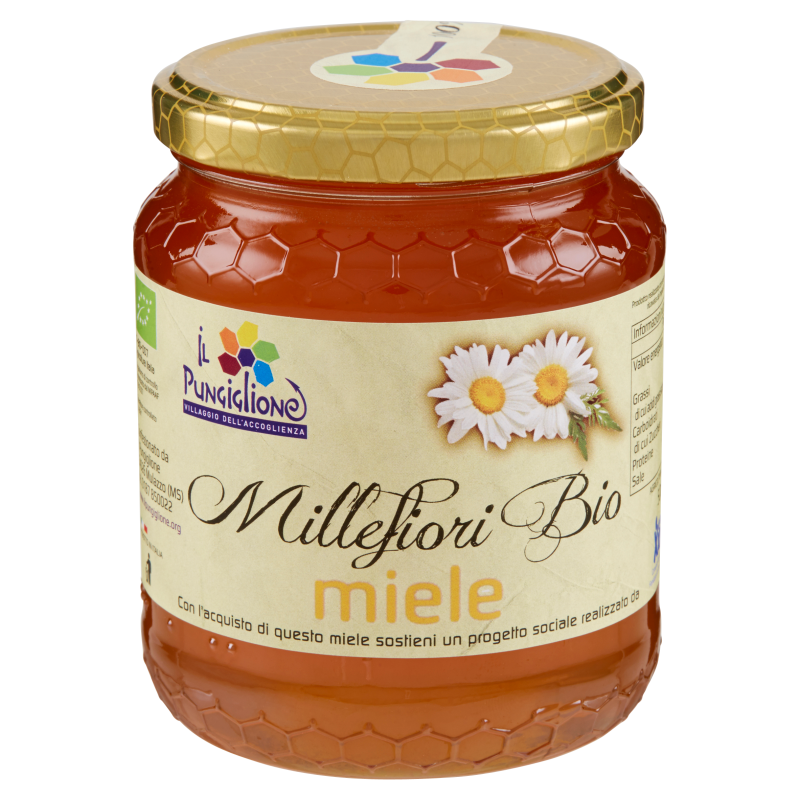
this honey is good twice because it is produced by a social cooperative that carries out projects of reception and inclusion for disadvantaged people. The organic millefiori honey is not pasteurized to keep intact the organoleptic properties. Depending on the period of harvest and the area of origin of the hives this honey can vary in taste and color. The most diverse scents and tradition make it probably the honey most loved by consumers.
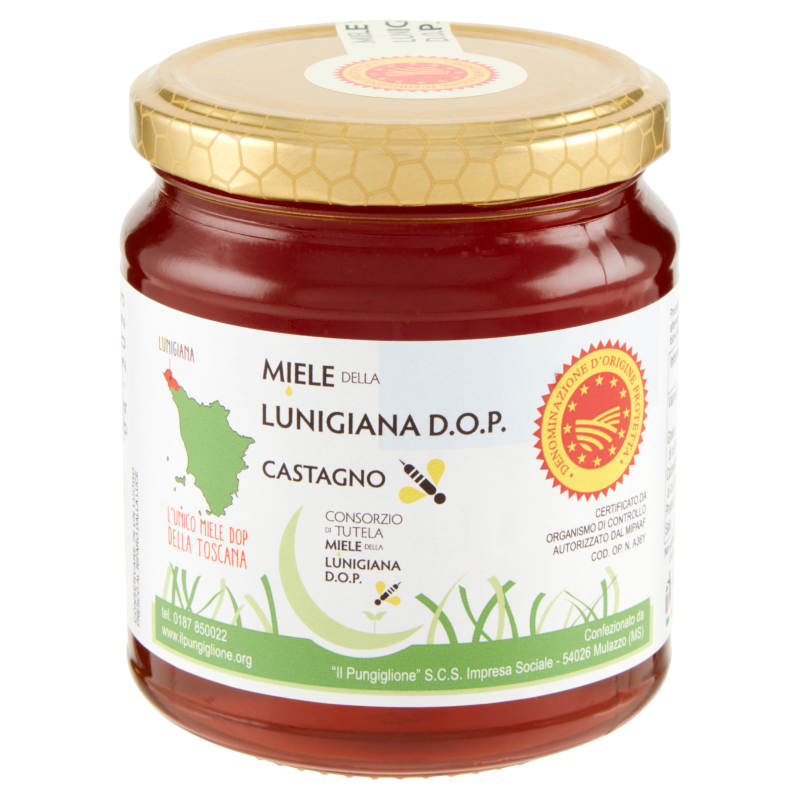
It is the only PDO honey from Tuscany, the first in Italy to have obtained the most important recognition for quality assurance. The University of Perugia has demonstrated with laboratory analyzes that the pollens of this honey are characteristic compared to those of other chestnut honeys. This food excellence comes from an uncontaminated territory (14 municipalities of Lunigiana) with 20,000 hectares of chestnut woods. Liquid consistency, dark amber color with reddish hues, persistent flavor with a bitter component that attenuates the sweetness of the honey. Excellent with homemade bread, it goes well with: Tuscan pecorino and Tuscan caciotta. It is packaged by the Il Pungiglione Social Cooperative which aims to welcome and include disadvantaged people. Produced with clean energy from a photovoltaic system.
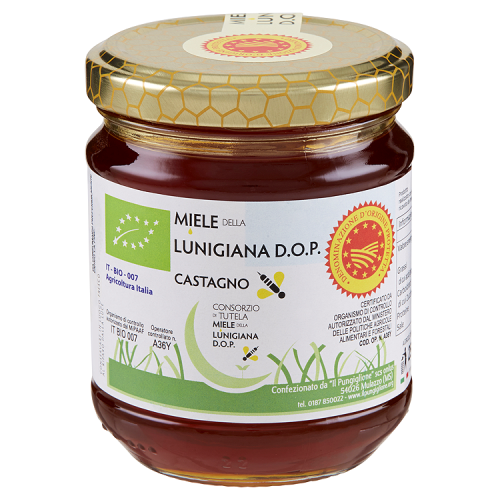
This is certificated organic honey. It is the only PDO honey in Tuscany, the first in Italy to have obtained the most important recognition for quality assurance . The University of Perugia has shown with laboratory analysis that the pollens of this honey are characteristic compared to those of other chestnut honeys. This food excellence comes from an uncontaminated territory (14 municipalities of Lunigiana) with 20,000 hectares of chestnut woods. Liquid consistency, dark amber color with reddish hues, persistent flavor with a bitter component that attenuates the sweetness of honey. Excellent with homemade bread, it goes well with: Tuscan pecorino and Tuscan caciotta. It’s made by the Social Cooperative Il Pungiglione, which aims to welcome and include disadvantaged people. Produced with clean energy from photovoltaic system.
 3,30 EXW (MOQ 576 PCS)
3,30 EXW (MOQ 576 PCS)
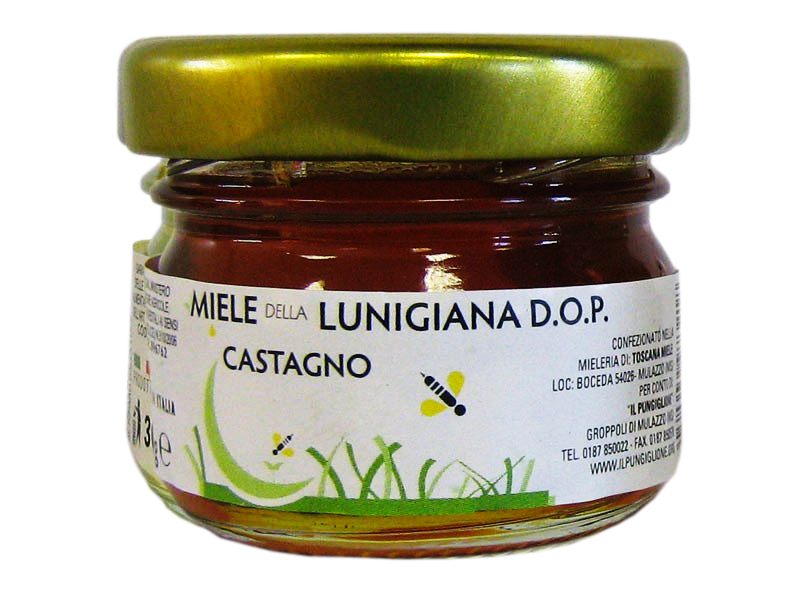
It is the only PDO honey in Tuscany, the first in Italy to have obtained the most important recognition for quality assurance . The University of Perugia has shown with laboratory analysis that the pollens of this honey are characteristic compared to those of other chestnut honeys. This food excellence comes from an uncontaminated territory (14 municipalities of Lunigiana) with 20,000 hectares of chestnut woods. Liquid consistency, dark amber color with reddish hues, persistent flavor with a bitter component that attenuates the sweetness of honey. Excellent with homemade bread, it goes well with: Tuscan pecorino and Tuscan caciotta. It’s made by the Social Cooperative Il Pungiglione, which aims to welcome and include disadvantaged people. Produced with clean energy from photovoltaic system.
 0,85 EXW (MOQ 1000PCS)
0,85 EXW (MOQ 1000PCS)